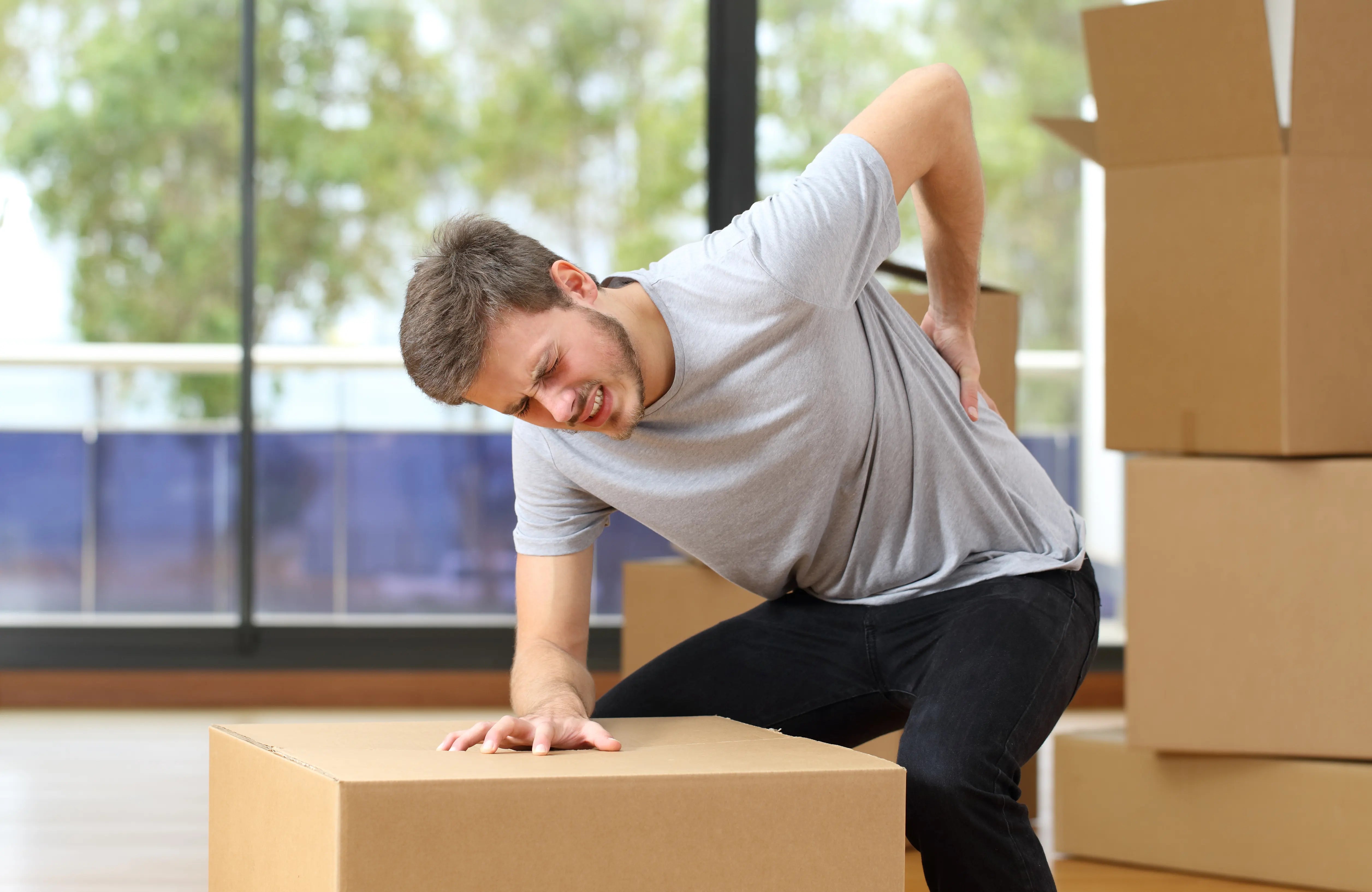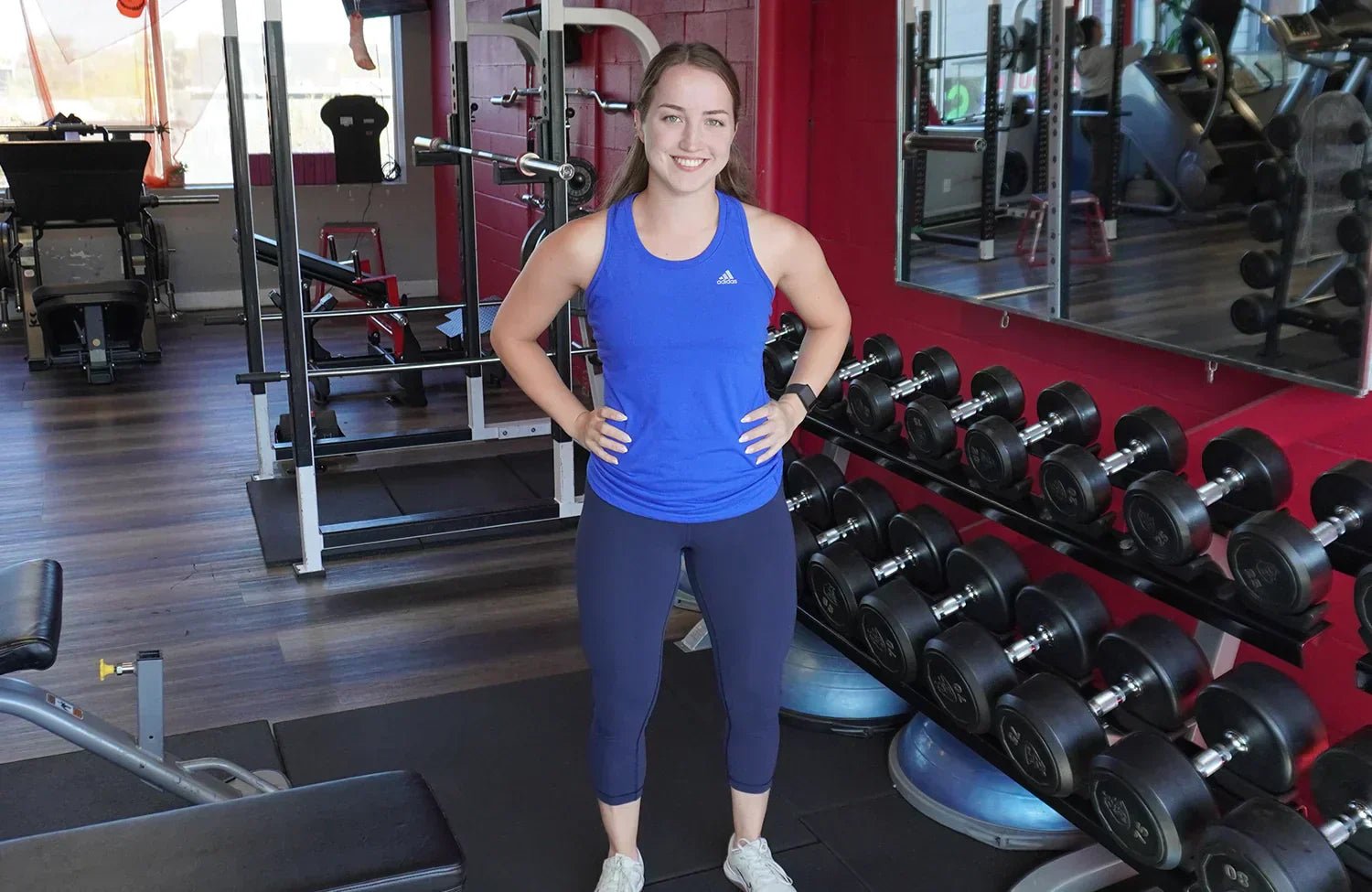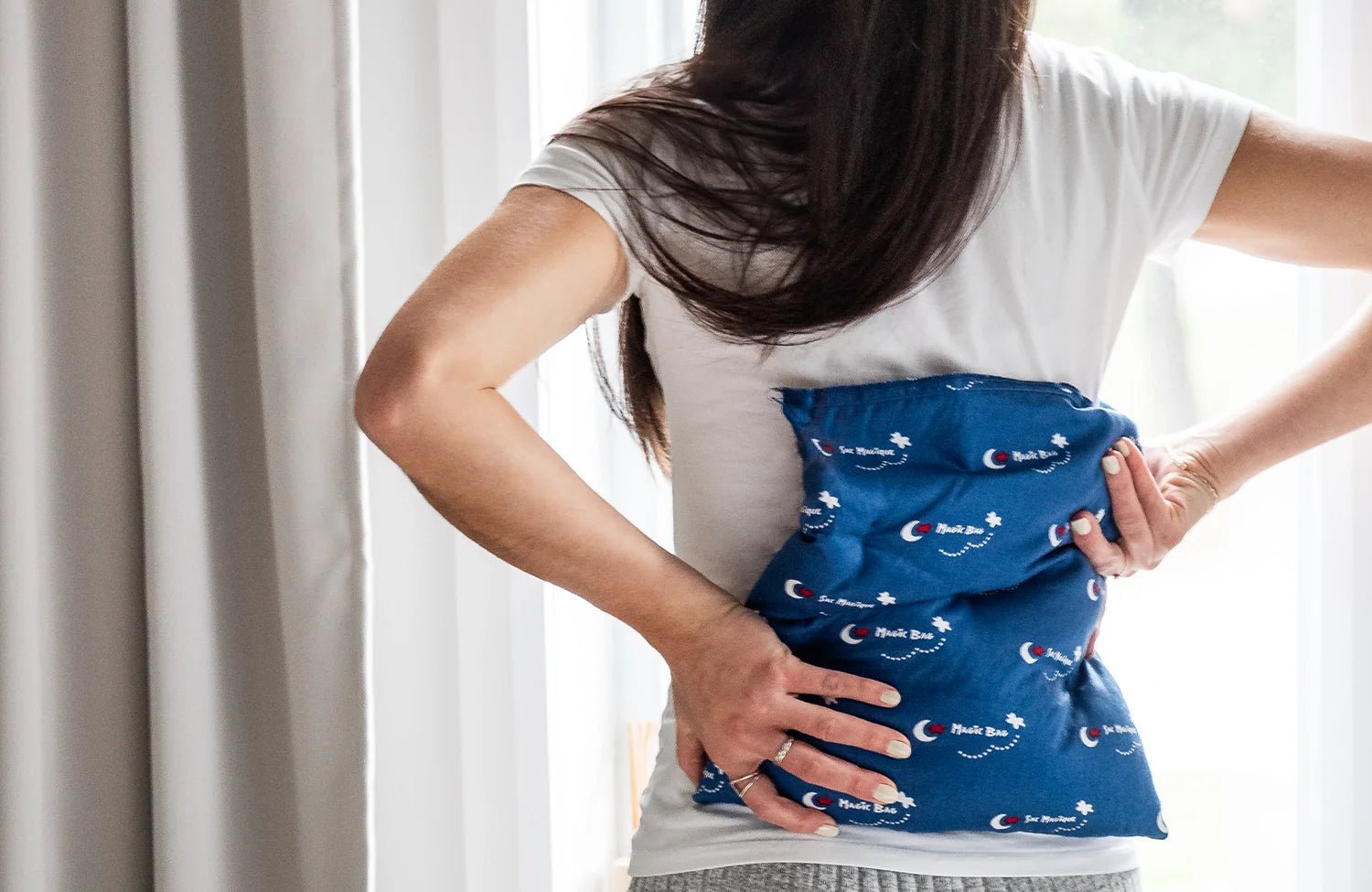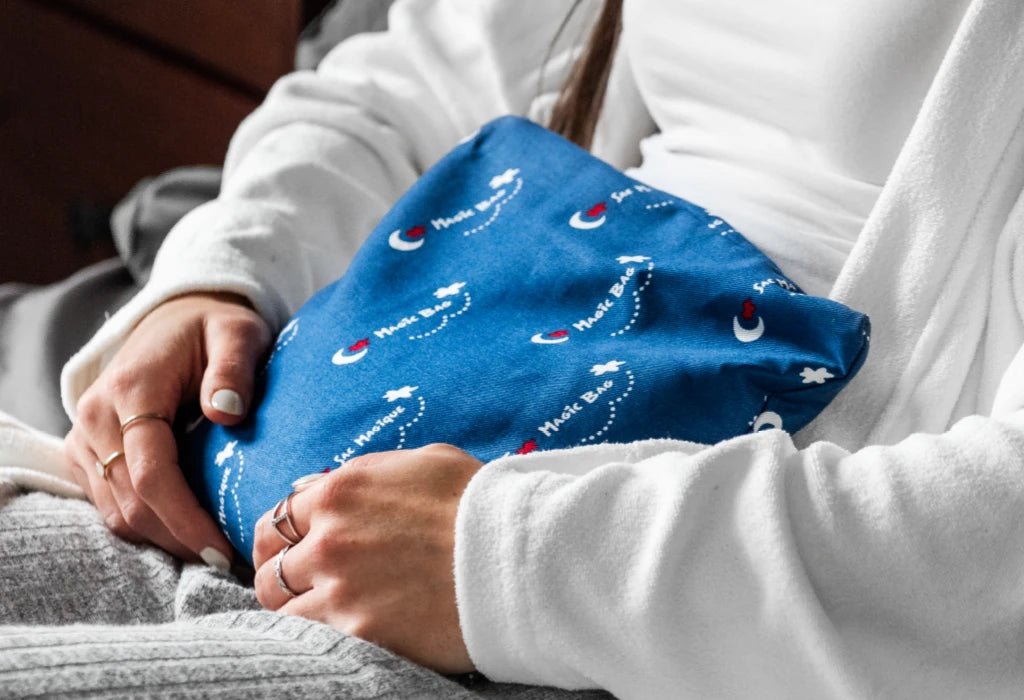
How to Prevent and Soothe Moving Day Injuries and Pain
As the rest of the country sports maple leaf baseball caps with built-in beer can holders and enjoys Canada Day festivities, many Quebeckers will be participating in the province’s infamous moving day. In Montréal, for example, July 1 is synonymous with double parked moving vans blocking streets, curbs piled high with old furniture and rubbish, and movers expertly navigating the city’s notorious spiral staircases, appliances in tow. But whether you move on July 1 or another day, one thing remains the same: moving can take a serious toll on your body. Read on to discover how to prevent and soothe some of moving’s most common injuries.
Get a jump start
Getting a head start on your move can save you time and stress on the big day and prevent injury. How? When you rush around—either to vacate the premises quickly or simply for lack of planning—you tend to take shortcuts, push your body too far, and not take enough breaks. And that is a recipe for injury. Instead, start doing small things as soon as you set your moving date. Book your van or moving company. Find boxes and gather supplies. Declutter and donate items you no longer want or need. Then start packing the things you do not use daily. Having a solid plan will help ensure moving day runs as smoothly as possible.

Pack smart
Heavy boxes can easily strain a back or cause other injuries. Limit weight to between 30 lb and 40 lb and make sure boxes are properly labelled and sealed. The last thing you need is for the box to give out and for something heavy to fall on your toe. Additionally, dismantle large furniture before moving day. Remember to place hardware in a small bag like a Ziploc and tape the bag to the furniture for easy reassembly.
Lighten the load
Consider purchasing or renting a dolly or trolley, sliding pads, and moving straps. This practical equipment lessens the load by absorbing the weight of heavier items. Watch a few videos and read the instructions before moving day so you know how to use them properly.
Dress right
On the big day, wear a long-sleeve shirt and pants and work gloves to avoid scrapes and cuts. Closed-toe shoes are a must to avoid a smashed toe if you drop something. And heavy-duty work boots can offer additional support and protect you from ankle sprains.
Clear the way
On moving day, make sure there are no obstacles in the path to the van. Asides from objects and boxes, check for electrical or extension cords as they are a serious trip hazard. Often carrying large boxes or items means you cannot see what is directly in front of you so having a clear path is critical.
Kids and pets also tend to get in the way so organize to have them stay with friends or relatives if you can.

Warm up
Moving is serious work. Before jumping in, warm up with a few dynamic leg and arm stretches, joint rotations, and torso twists. You can also do some light aerobic exercise to get your heart rate up. Then start moving the lighter stuff. This will help ease your body into the more demanding physical work and prevent injury. And remember to fuel your body with a healthy and nutritious breakfast and stay hydrated throughout the day.
Lift right
How many times have you been told to “lift with your legs not your back?” Using the right technique—standing with legs shoulder width apart, bending down by flexing hips and keeping back straight, lifting load with legs and trying to keep it as close to the body as possible—will significantly reduce your risk of back injury. Remember to breathe as you lift and know your limits. Overexertion is likely to lead to injury.
Ask for help
Recruit a few relatives or friends to help you on the big day. On average, a medium-size house would need about 3 to 4 movers but as you are not professionals having a few extra people on hand might be a good idea.
Hire the pros
If you can, hire a moving company as this is the best way to avoid injury. Movers can even pack for you and help you arrange furniture in your new home. And with the pros doing the bulk of the lifting, you can focus on the easier, less demanding tasks.

Rest and relax after the move
Moving is a big task. Your body will need time to rest and recover after the move. Treat any minor sprains and strains with a Magic Bag cold compress and the RICE technique: rest, ice, compression, and elevation. For muscle pains, soreness, or stiffness you can apply a hot Magic Bag to the affected area for soothing, all natural relief.
Moving is a stressful and physically demanding event. By taking a few precautions and making a solid plan, you can prevent injury and ensure things run smoothly. For any moving-related aches and pains or minor injuries, trust Magic Bag hot and cold compresses for soothing, natural relief. Happy moving!
Featured blog
- Choosing a selection results in a full page refresh.
!








